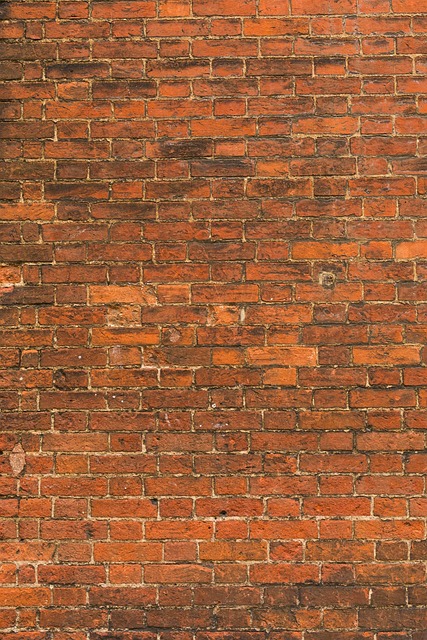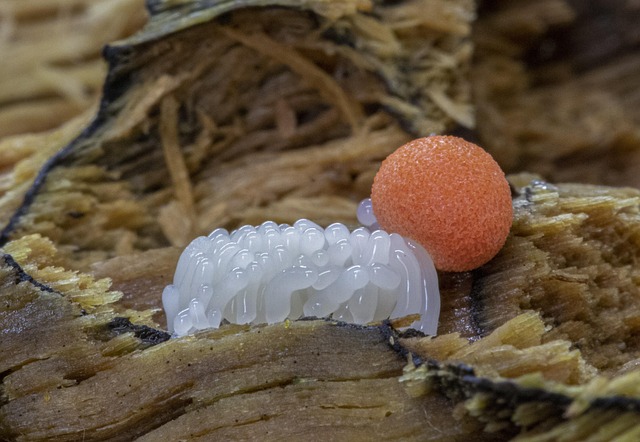Grout sealing is a crucial process for maintaining tiled surfaces by protecting against moisture, dirt, and mold growth that cause stains and health issues. By creating a non-porous surface, it prevents liquid absorption, repels stains, and fills tile gaps for a neater appearance. Regular application of grout sealing, either same-day or every 6-12 months, is essential to prevent mold and stain problems in kitchens and bathrooms, extending the life and aesthetic appeal of tiles. Choosing the right sealer (silicone or polyurethane) based on space needs ensures optimal protection, saving costs on repairs and minimizing cleaning efforts. Proper maintenance involves gentle cleaning and touch-ups as needed to maintain the sealant's effectiveness.
“Keep your tile surfaces looking fresh and protect against potential hazards with same-day grout sealing – a quick fix solution for improved longevity and cost savings. This comprehensive guide explores the hidden dangers of unsealed grout, leading to mold and stains, and why understanding grout sealing is essential for any homeowner or professional. From the benefits of timely sealing to choosing the right sealer and simple maintenance tips, discover how this process enhances your space.”
Understanding Grout Sealing: Why It's Essential for Tile Surfaces

Grout sealing is a crucial process in maintaining the beauty and longevity of tiled surfaces. It involves applying a protective layer over grout lines, which serves as a barrier against moisture, dirt, and other contaminants. This is especially important for kitchen and bathroom tiles where grout can absorb water and become a breeding ground for mold and mildew, leading to unsightly stains and potential health issues.
By sealing grout, you create a non-porous surface that repels liquids and prevents stains from setting in. It also fills in tiny gaps between tiles, giving the entire floor or wall a neater, more polished look. Furthermore, sealed grout is easier to clean, ensuring that your tiled areas stay looking their best for longer periods. This simple yet effective method is a game-changer when it comes to preserving the integrity and aesthetic appeal of your tile installations.
The Hidden Dangers of Unsealed Grout: Mold and Stain Prevention

Unsealed grout can lead to a host of hidden dangers, particularly in terms of mold and stain prevention. Grout, being a porous material, acts as a perfect breeding ground for mold and mildew, which not only compromises the aesthetics of your space but also poses health risks. Without proper sealing, moisture can easily penetrate the tiny gaps between tiles, creating an ideal environment for these unwanted growths. Moreover, grout is susceptible to staining from various sources like food, beverages, and even foot traffic, especially in high-traffic areas like kitchens and bathrooms.
Regular grout sealing is a crucial step in maintaining a clean and healthy living space. Sealing acts as a protective barrier, preventing moisture from settling into the grout lines and reducing the chances of mold growth. It also repels stains, making it easier to keep your surfaces looking fresh and new. In today’s world, where quick fixes and long-term solutions are highly sought after, same-day grout sealing stands out as a game-changer in the realm of home maintenance.
How Same-Day Grout Sealing Works: A Quick Fix Solution

Same-day grout sealing is a revolutionary quick-fix solution for tile floors, offering an effective way to prevent mold and stains from forming in your home. The process involves applying a specialized sealant directly over the grout lines, creating a protective barrier that blocks out moisture and dirt. This innovative technique is designed to address one of the most common issues with tiled surfaces: grout discoloration and mold growth.
By sealing the grout, you create a smooth, non-porous surface that stops liquid from seeping into the tiny gaps between tiles. This is particularly crucial in areas like kitchens and bathrooms, where moisture can quickly lead to mold and mildew development. The sealant not only enhances the aesthetic appeal of your tiled spaces but also provides long-lasting protection, ensuring your floors remain clean and free from unsightly stains.
Benefits of Timely Sealing: Longevity and Cost Savings

Timely grout sealing offers numerous benefits, primarily enhancing the longevity of your flooring or tiles. When grout is sealed, it forms a protective barrier against moisture and stains, which are among the primary causes of deterioration. By preventing water penetration, sealed grout prevents the growth of mold, mildew, and algae, ensuring your surfaces remain in pristine condition. This proactive measure not only preserves the aesthetic appeal but also saves you from costly repairs or replacements down the line.
Moreover, sealing your grout can significantly reduce cleaning efforts. Stains and dirt that might otherwise adhere to unsealed grout are repelled by the protective coating, making it easier to maintain a clean and fresh environment. This cost-effective solution not only extends the life of your grout but also contributes to a healthier living or working space by reducing the presence of allergens and bacteria that thrive in damp, unsealed grout.
Choosing the Right Sealer: Types and Applications

When it comes to grout sealing, choosing the right product is paramount for effective protection against mold and stains. There are primarily two types of grout sealers available: silicone-based and polyurethane-based. Silicone sealers offer excellent water resistance and flexibility, making them ideal for high-moisture areas like bathrooms. They create a durable barrier that prevents both mold growth and stain absorption. Polyurethane sealers, on the other hand, provide a more robust defense against oil-based stains and have a faster drying time. This type is suitable for kitchens and heavily trafficked floors where resistance to stains from cooking oils, greases, and general wear and tear is essential.
Understanding the specific needs of your space will help guide your selection. For areas prone to high moisture levels, silicone sealers are recommended as they form a protective coat that repels water and inhibits mold. In contrast, polyurethane sealers are better suited for spaces with oil-based stains or heavy foot traffic, where their superior stain resistance makes them a top choice for long-lasting protection. Remember, the right sealer can significantly extend the life of your grout while keeping it looking fresh and clean.
The Sealing Process: Step-by-Step Guide for Optimal Results

The process of grout sealing is a straightforward yet effective method to protect your tiles and prevent unsightly mold and stain issues. It involves several key steps for optimal results:
1. Preparation: Start by thoroughly cleaning the grout areas, ensuring there’s no residual dirt or grime. This initial step is crucial as it prepares the surface for an even application of the sealant.
2. Application: Use a quality grout sealer and apply it evenly across the grout lines using a brush or sprayer. The sealer should penetrate deep into the pores to create a protective barrier. Pay close attention to corners, edges, and all visible grout spaces.
3. Drying Time: Allow the sealer to dry completely according to the manufacturer’s instructions. This crucial step enables the sealant to cure fully, ensuring it forms a durable shield against moisture, mold, and stains.
4. Maintenance: Regular cleaning and maintenance will prolong the effectiveness of the grout sealing. Follow up with periodic reapplication every 6-12 months to maintain optimal protection, especially in high-moisture areas.
Maintenance Tips: Ensuring Long-Lasting Protection

Regular maintenance is key to keeping your grout sealing effective and long-lasting. After initial application, it’s crucial to clean the sealed grout areas with a soft brush and mild detergent to remove any residue or dirt that might have accumulated. This simple step ensures the sealant stays intact and provides optimal protection against mold and stains.
Over time, as moisture and environmental factors come into play, your grout sealing may need touch-ups. Keep an eye out for any signs of wear, fading, or new stain formation. Using a specialized grout sealing pen or a fresh coat of sealant can revive the protective barrier, ensuring your tiles remain looking their best and staying mold and stain free.
